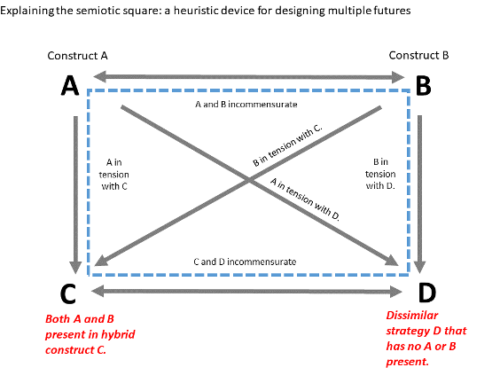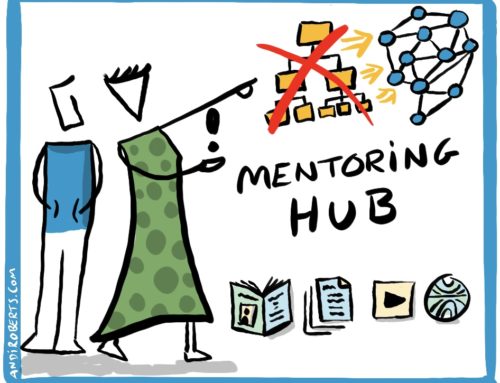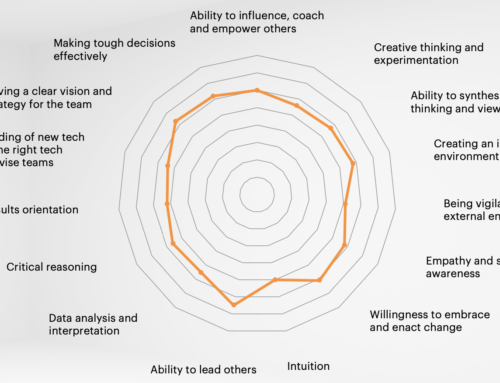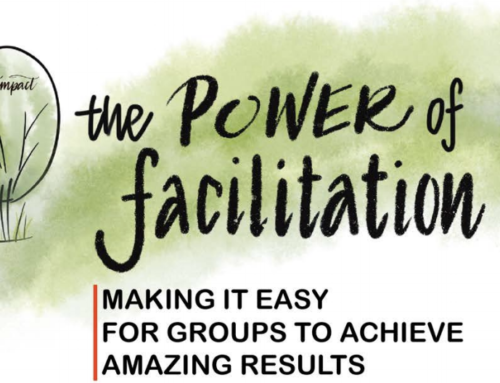This is the third of ten blog articles around concepts that have had a significant on me as a manager, leaders, coach and facilitator.
When considering to change career in my very early twenties and get into working in people performance improvement in organisation I wandered into Gibraltar’s only book shop at that time. The management section was pretty thin, but one book took my fancy. That book was Edward De Bono’s “Thinking Course” which provides the basis for his programme Direct Attention Thinking Tools. I still regularly reach back into the book some 25 years later.
The aim of De Bono’s thinking tools is to make your thinking more deliberate,structured and organised. Instead of a knee jerk reactions or snap judgements, the tools an able you to have a broader and more perceptive viewpoint. In effect they help you think about your thinking which leads to improved decision making.
The tools can all be used individually and the complete set is a “menu” for thinking. If used over time they become a natural thinking language for oneself or in a team.
Tool 1 — C&S: Consequences and Sequels
Look ahead to see the consequences of an action, plan, decision, or rule.
This is a good tool to use alongside OPV and consider the impact of your choice on others.
Questions to ask yourself:
- What are the short, medium and long term consequences of your ideas?
- If you put them into play, what might happen afterwards?
Tool 2 — PMI: Plus, Minus, Interesting
Ensure that all sides of a matter have been considered before a decision or commitment is made. PMI can also be used to review a current situation or consider a future one.
Questions to ask yourself:
- What is good about this idea or decision?
- What is not so good (minus) about this idea or decision?
- What stands out about this idea or decision (unusual, strange, what other ideas crop up when you assess it)?
Tool 3 — RAD: Recognise, Analyse, Divide
Break a larger concept into smaller, more manageable parts. This is very much a systems thinking concept.
Questions to ask yourself:
- What are the boundaries of the issue?
- What patterns and trends do you see?
- What are the component pieces and how do they interact?
Tool 4 — CaF:Consider All Factors
Explore all factors related to an action, decision, plan, judgment, or conclusion. This ensures a thorough thought and planning process.
Questions to ask yourself:
- What are the different areas or categories involved?
- What are all of the directly relevant and connected factors?
- What else do you need to consider?
Tool 5 — AGO: Aims, Goals, Objectives
Focus directly and deliberately on the intentions behind actions by revisiting what the overall vision is in the long term and how that connects to the medium and shorter term.
Questions to ask yourself:
- What is the vision?
- Why is this important to you and any other stakeholders?
Tool 6 — APC: Alternatives, Possibilities, Choices
Deliberately try to find other ways rather then jumpy to the initial or obvious answer? This is the idea generation tool.
Questions to ask yourself:
- What other ideas do you or others have?
- What would X (another person) do to solve this?
- If money was no objective, what would you do?
Tool 7 — OPVs: Other People’s Views
This is the empathy tool that allows you to put yourself in others’ shoes.
Questions to ask yourself:
Who are the key stakeholders and what is their position / perception?
Why do they hold those beliefs / positions?
What can you do to clarify your ideas to them?
Tool 8 — KVA: Key Values Involved
Ensure that your thinking serves your values and those of others engaged in the issue.
Questions to ask yourself:
- What is important to me in this issue (and why)?
- What is important to others in this issue (and why)?
- How is my (and others) value systems impinging on the development of thinking?
Tool 9 — FIP: First Important Priorities
Select the most important ideas, factors, objectives, consequences and put them in a time sequence to plan out the actions.
Questions to ask yourself:
- What is the sequence of events to arrive at success?
- What are the first things that need to be done?
Tool 10 — DOCA: Design/Decision, Outcome, Channels, Action
DOCA is a full decision making, problem solving, thinking process.
Questions to ask yourself:
- D – What is the area of focus
- D – What are we trying to achieve?
- O – What does success look like
- C – What different ways could we achieve this?
- A – What specific things should we do?
Also in the book ADI is discussed: Agreement, Disagreement & Irrelevant
In debating a topic, what do the parties agree on, disagree on and what is not related to the topic at hand.
Like all blog articles on tools, concepts or models, I would like you to consider how you can apply this into your daily life. Here are some questions for you to consider and reflect on the next few days:
How could you put these thinking tools to use in your daily life?
Who do you know that is close to you, in, or out of work that should learn and apply this concept?
What might stop you using these thinking tools and how can you remove this barrier to use?
As always, if you have got more tips or tricks, questions or comments about this concept, please feel free to leave a note below.
Thanks for reading this and keep focused and productive!








Leave A Comment